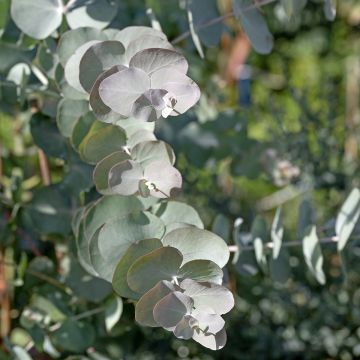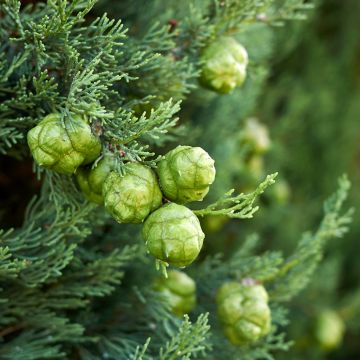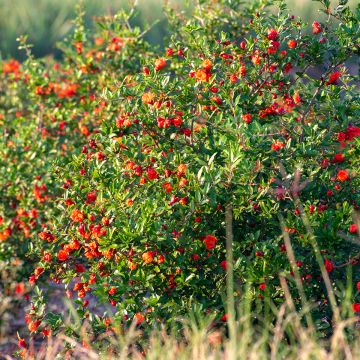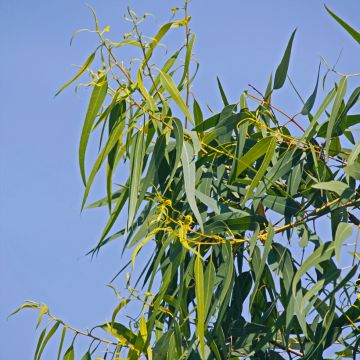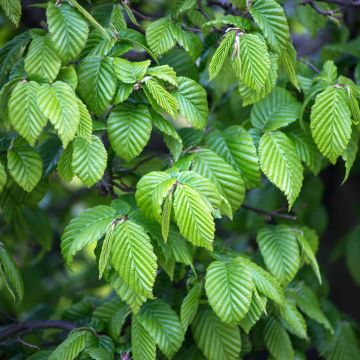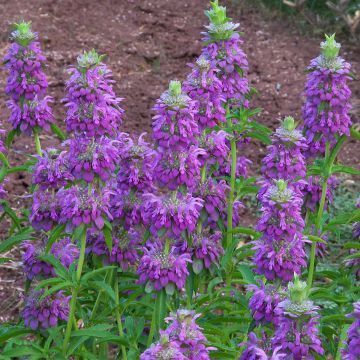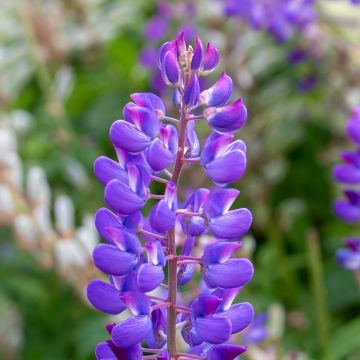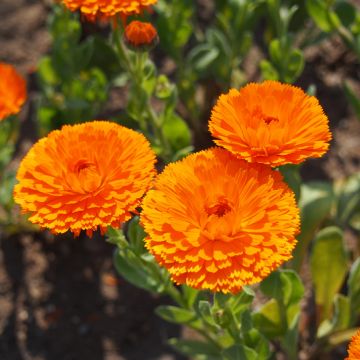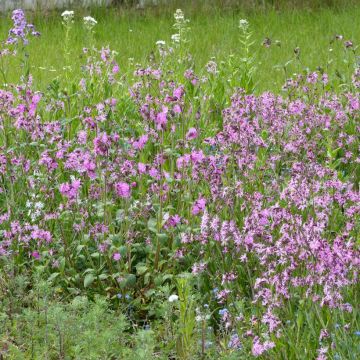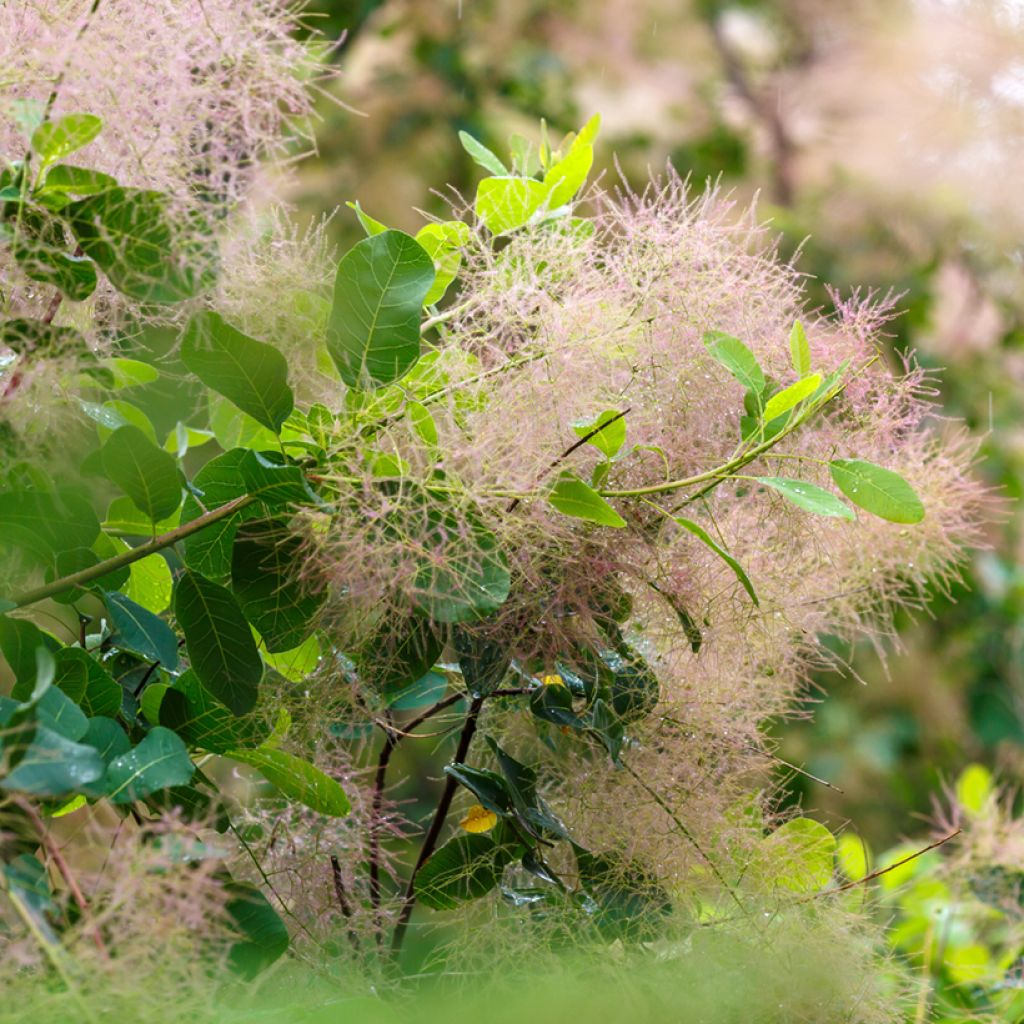

Cotinus coggygria seeds - Smoke bush
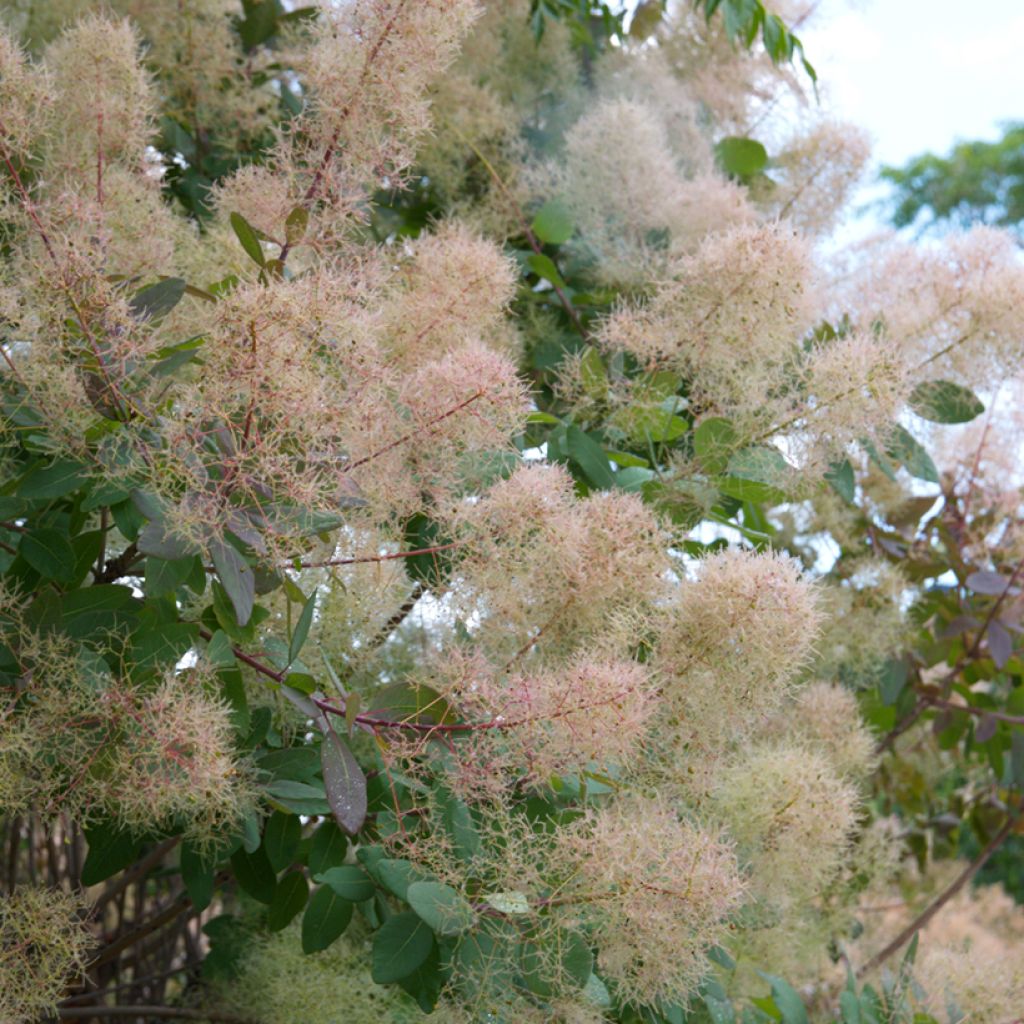

Cotinus coggygria seeds - Smoke bush
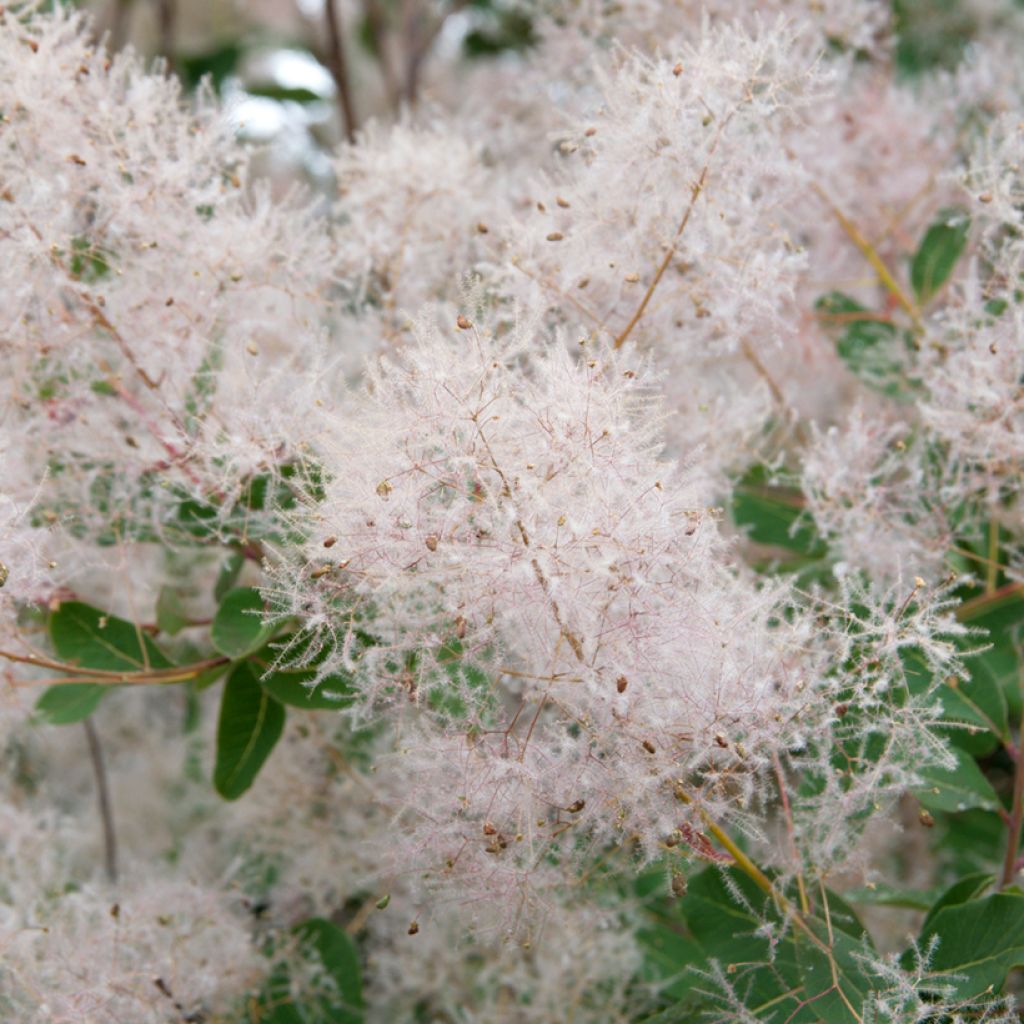

Cotinus coggygria seeds - Smoke bush
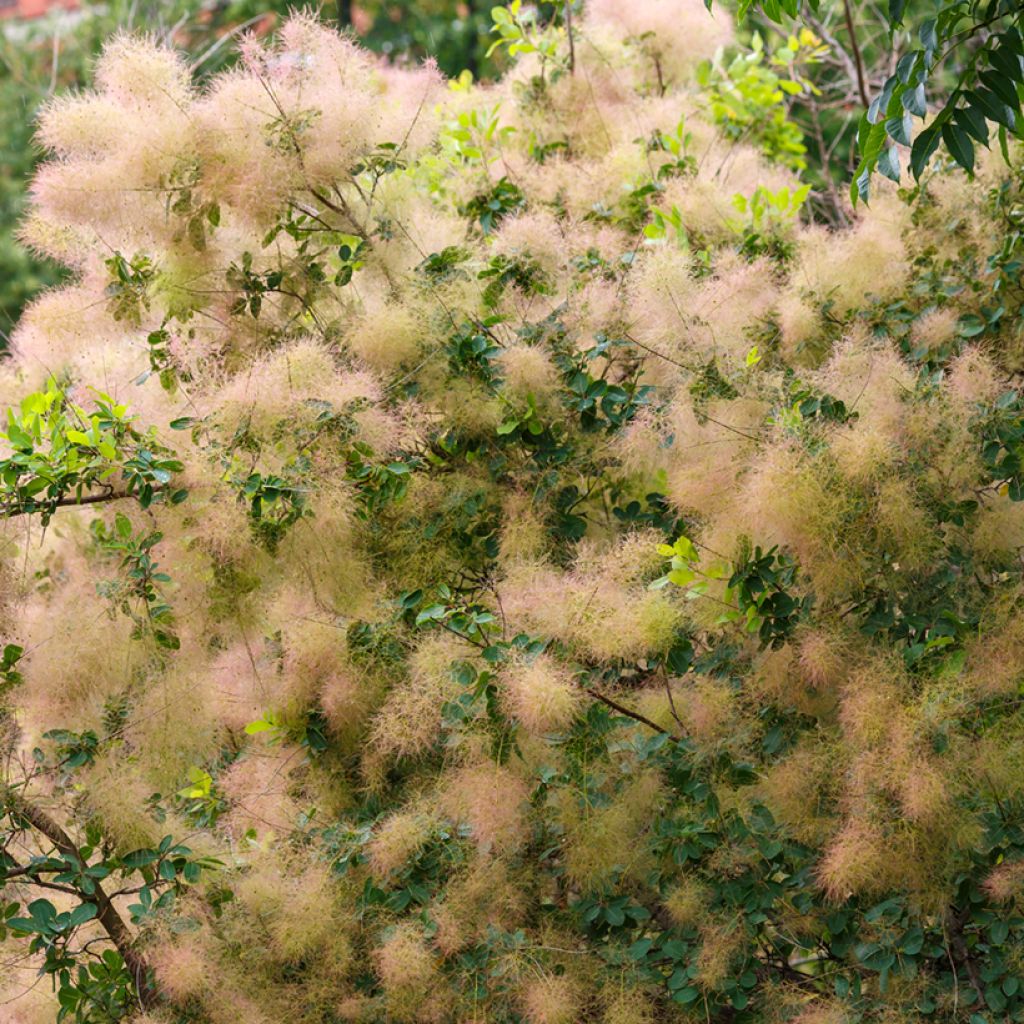

Cotinus coggygria seeds - Smoke bush
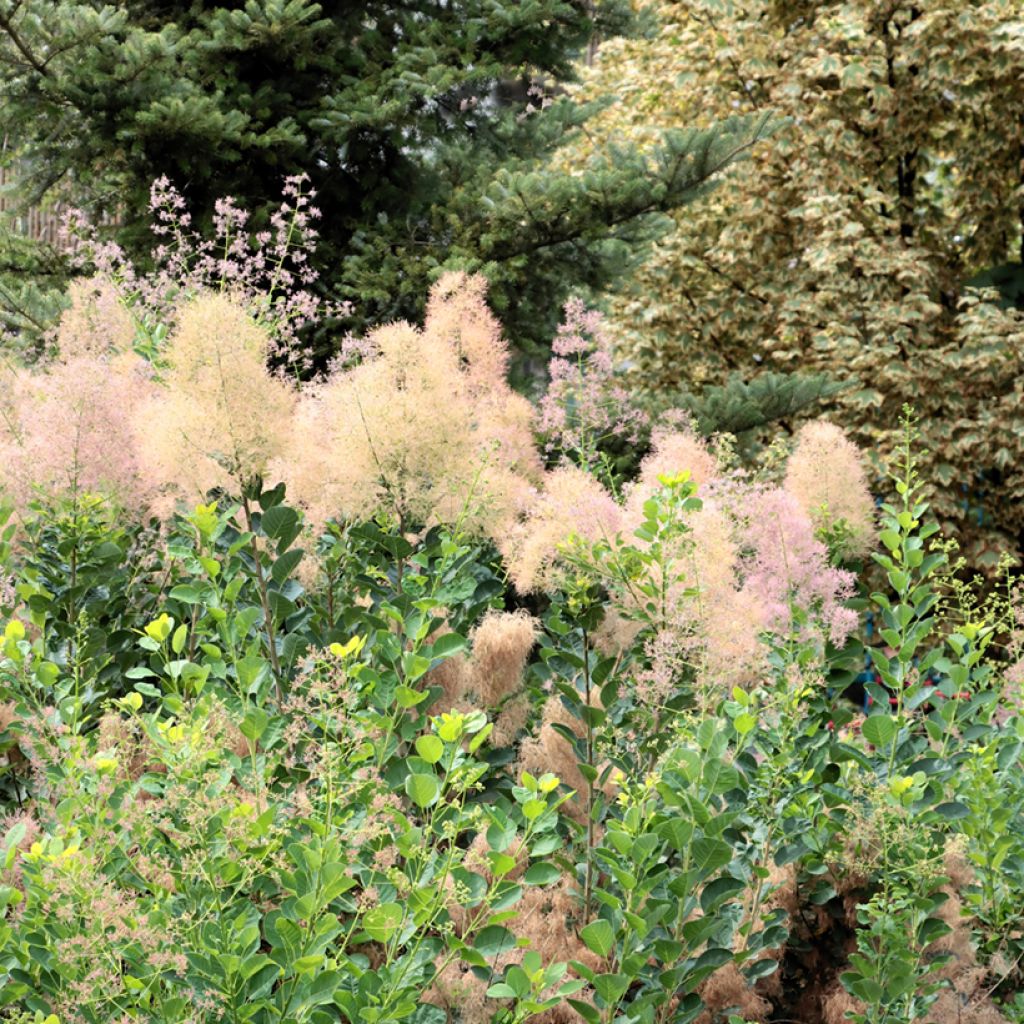

Cotinus coggygria seeds - Smoke bush
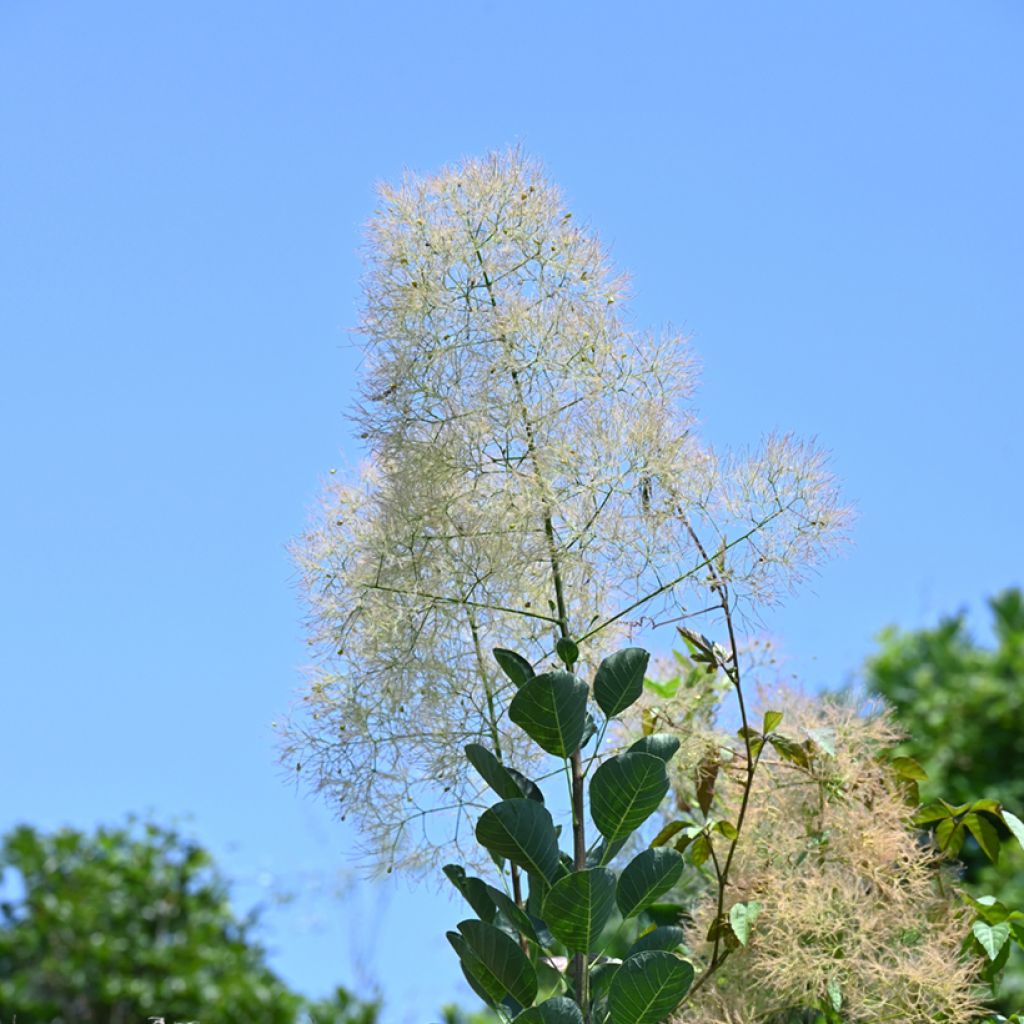

Cotinus coggygria seeds - Smoke bush
Cotinus coggygria seeds - Smoke bush
Cotinus coggygria
Smoke Bush, European Smoke Tree, Venetian Sumach, Dyer's Sumach
Special offer!
Receive a €20 voucher for any order over €90 (excluding delivery costs, credit notes, and plastic-free options)!
1- Add your favorite plants to your cart.
2- Once you have reached €90, confirm your order (you can even choose the delivery date!).
3- As soon as your order is shipped, you will receive an email containing your voucher code, valid for 3 months (90 days).
Your voucher is unique and can only be used once, for any order with a minimum value of €20, excluding delivery costs.
Can be combined with other current offers, non-divisible and non-refundable.
Home or relay delivery (depending on size and destination)
Schedule delivery date,
and select date in basket
This plant carries a 6 months recovery warranty
More information
We guarantee the quality of our plants for a full growing cycle, and will replace at our expense any plant that fails to recover under normal climatic and planting conditions.
Would this plant suit my garden?
Set up your Plantfit profile →
Description
Cotinus coggygria, or Smoke bush, seeds should be sown after a period of cold exposure. This fast-growing shrub has a bushy habit, with airy summer flowering and beautiful autumn colours. This hardy and very robust species only dislikes overly clayey and wet soils. It is an excellent plant for dry ground, maintaining a bushy appearance without requiring regular pruning. It can be planted as a standalone specimen, at the back of a flower bed, or even in a mixed hedge.
Cotinus coggygria, also known as Common Smoke bush, belongs to the Anacardiaceae family. It grows naturally on rocky hillsides in southern Europe and Asia. Adapted to dry summers, it thrives in poor, well-drained soils. This hardy bush, with moderate growth, reaches a height of 3 to 4 metres with a similar spread. Its dense, branching habit gives it a balanced and slightly spreading silhouette. In spring, the bush is covered with small cream flowers grouped in large panicles. After flowering in summer, these panicles transform into feathery, tea-pink fruits, giving the bush its characteristic appearance, as if wearing "wigs". Its deciduous, 6 to 8 cm diameter and rounded leaves appear in April. This fairly light green foliage turns beautiful shades of yellow, orange, and red in autumn before falling.
Cotinus coggygria adapts to many situations, as long as it has well-drained soil. Once established, it tolerates heat and summer drought perfectly. It naturally fits into mixed hedges, as a background plant in flower beds, or as a standalone feature, where its airy inflorescences add a nice touch. It pairs particularly well with bushes like coronillas and shrub roses, as well as with late-flowering perennials like asters or bee balms. It can also be surrounded by light ornamental grasses, which will highlight its airy habit and soft tones in summer.
Report an error about the product description
Cotinus coggygria seeds - Smoke bush in pictures




Flowering
Foliage
Plant habit
Botanical data
Cotinus
coggygria
Anacardiaceae
Smoke Bush, European Smoke Tree, Venetian Sumach, Dyer's Sumach
Southern Europe
Other Tree seeds
View all →Planting and care
The seeds of Cotinus coggygria have a hard shell that can hinder germination. Thermal scarification is recommended: soak the seeds in warm water (not boiling, 60–70°C) for 24 hours. This method helps weaken the outer shell, thus facilitating germination.
After scarification, the seeds require a period of stratification to break their dormancy. They should be placed in a moist substrate, such as a mixture of sand and turf. This cold stratification at 4°C lasts for two to three months. This step replicates natural seasonal conditions and optimises germination.
Once the stratification period is complete, the seeds are ready for sowing. Sow them at a depth of about 6 mm in a well-drained substrate. Lightly firm the soil to ensure good contact between the seeds and the substrate, then water gently to maintain consistent moisture.
Place the sowings in a spot with indirect light and maintain consistent soil moisture, without overwatering. The ideal ambient temperature ranges between 18°C and 24°C. The average germination period for Cotinus coggygria seeds varies between 3 and 12 months. Patience is key, along with regular monitoring of the substrate's moisture.
When the young plants reach a height of 10 to 15 cm and develop several pairs of leaves, they can be transplanted into individual pots with a light potting mix.
Gradual hardening outdoors is recommended before their final planting. After a few weeks outside, sheltered from strong winds and extreme temperatures, they can be planted in the ground in well-drained, sunny soil. Moderate watering and regular weeding will encourage healthy growth.
.
Sowing period
Intended location
This item has not been reviewed yet - be the first to leave a review about it.
Similar products
Haven't found what you were looking for?
Hardiness is the lowest winter temperature a plant can endure without suffering serious damage or even dying. However, hardiness is affected by location (a sheltered area, such as a patio), protection (winter cover) and soil type (hardiness is improved by well-drained soil).

Photo Sharing Terms & Conditions
In order to encourage gardeners to interact and share their experiences, Promesse de fleurs offers various media enabling content to be uploaded onto its Site - in particular via the ‘Photo sharing’ module.
The User agrees to refrain from:
- Posting any content that is illegal, prejudicial, insulting, racist, inciteful to hatred, revisionist, contrary to public decency, that infringes on privacy or on the privacy rights of third parties, in particular the publicity rights of persons and goods, intellectual property rights, or the right to privacy.
- Submitting content on behalf of a third party;
- Impersonate the identity of a third party and/or publish any personal information about a third party;
In general, the User undertakes to refrain from any unethical behaviour.
All Content (in particular text, comments, files, images, photos, videos, creative works, etc.), which may be subject to property or intellectual property rights, image or other private rights, shall remain the property of the User, subject to the limited rights granted by the terms of the licence granted by Promesse de fleurs as stated below. Users are at liberty to publish or not to publish such Content on the Site, notably via the ‘Photo Sharing’ facility, and accept that this Content shall be made public and freely accessible, notably on the Internet.
Users further acknowledge, undertake to have ,and guarantee that they hold all necessary rights and permissions to publish such material on the Site, in particular with regard to the legislation in force pertaining to any privacy, property, intellectual property, image, or contractual rights, or rights of any other nature. By publishing such Content on the Site, Users acknowledge accepting full liability as publishers of the Content within the meaning of the law, and grant Promesse de fleurs, free of charge, an inclusive, worldwide licence for the said Content for the entire duration of its publication, including all reproduction, representation, up/downloading, displaying, performing, transmission, and storage rights.
Users also grant permission for their name to be linked to the Content and accept that this link may not always be made available.
By engaging in posting material, Users consent to their Content becoming automatically accessible on the Internet, in particular on other sites and/or blogs and/or web pages of the Promesse de fleurs site, including in particular social pages and the Promesse de fleurs catalogue.
Users may secure the removal of entrusted content free of charge by issuing a simple request via our contact form.
The flowering period indicated on our website applies to countries and regions located in USDA zone 8 (France, the United Kingdom, Ireland, the Netherlands, etc.)
It will vary according to where you live:
- In zones 9 to 10 (Italy, Spain, Greece, etc.), flowering will occur about 2 to 4 weeks earlier.
- In zones 6 to 7 (Germany, Poland, Slovenia, and lower mountainous regions), flowering will be delayed by 2 to 3 weeks.
- In zone 5 (Central Europe, Scandinavia), blooming will be delayed by 3 to 5 weeks.
In temperate climates, pruning of spring-flowering shrubs (forsythia, spireas, etc.) should be done just after flowering.
Pruning of summer-flowering shrubs (Indian Lilac, Perovskia, etc.) can be done in winter or spring.
In cold regions as well as with frost-sensitive plants, avoid pruning too early when severe frosts may still occur.
The planting period indicated on our website applies to countries and regions located in USDA zone 8 (France, United Kingdom, Ireland, Netherlands).
It will vary according to where you live:
- In Mediterranean zones (Marseille, Madrid, Milan, etc.), autumn and winter are the best planting periods.
- In continental zones (Strasbourg, Munich, Vienna, etc.), delay planting by 2 to 3 weeks in spring and bring it forward by 2 to 4 weeks in autumn.
- In mountainous regions (the Alps, Pyrenees, Carpathians, etc.), it is best to plant in late spring (May-June) or late summer (August-September).
The harvesting period indicated on our website applies to countries and regions in USDA zone 8 (France, England, Ireland, the Netherlands).
In colder areas (Scandinavia, Poland, Austria...) fruit and vegetable harvests are likely to be delayed by 3-4 weeks.
In warmer areas (Italy, Spain, Greece, etc.), harvesting will probably take place earlier, depending on weather conditions.
The sowing periods indicated on our website apply to countries and regions within USDA Zone 8 (France, UK, Ireland, Netherlands).
In colder areas (Scandinavia, Poland, Austria...), delay any outdoor sowing by 3-4 weeks, or sow under glass.
In warmer climes (Italy, Spain, Greece, etc.), bring outdoor sowing forward by a few weeks.






























